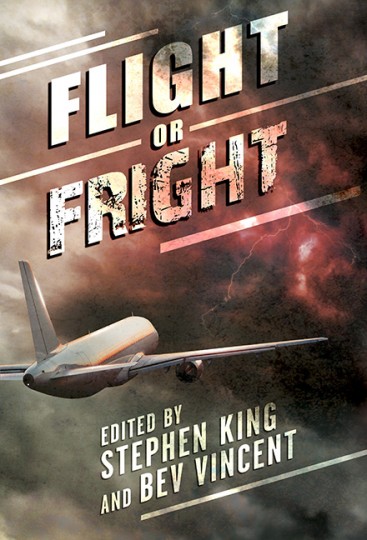 Had a nice three-day weekend. On Sunday, we decided on the spur of the moment to spend the day in Huntsville State Park, about 45 miles north of us. It’s a place where we’ve spent time over the years, but not so much recently. We made a light lunch, packed only our folding chairs, and spent the afternoon sitting on the edge of the lake under some trees. There was a light breeze, no flies to speak of, and the sounds of families having a good time all around us. I liked watching the cranes stilt-walking through the lake, occasionally dipping their heads in to claim some food. I also wrote the first three pages of a new short story.
Had a nice three-day weekend. On Sunday, we decided on the spur of the moment to spend the day in Huntsville State Park, about 45 miles north of us. It’s a place where we’ve spent time over the years, but not so much recently. We made a light lunch, packed only our folding chairs, and spent the afternoon sitting on the edge of the lake under some trees. There was a light breeze, no flies to speak of, and the sounds of families having a good time all around us. I liked watching the cranes stilt-walking through the lake, occasionally dipping their heads in to claim some food. I also wrote the first three pages of a new short story.
Then we went home and watched the debate, which was not very relaxing at all.
I had yesterday off. Our company has always given us Columbus Day, which is also Canadian Thanksgiving. In the morning I finished the first draft of the short story I’d begun the day before and in the afternoon I did some yard work. I also finished the last two episodes of the second season of Happy Valley, which is a decent crime series with the most ironic title ever. A friend commented that one of the things he likes most about the series is how the characters look so real—not at all glamorous. Warts and all. And accents thick enough to cut with a knife. The revelation of the identity of the serial killer wasn’t a huge surprise, but the way that turned out, as well as the fate of the copycat were surprises.
We don’t cook a turkey for Thanksgiving, there being only the two of us, but our grocery’s deli usually has a nice cooked turkey breast at the heating station where the roasted chickens are. When I went yesterday, the station was almost empty, but there was something they called a turkey pot roast. I had no idea what that could be, but I took it anyway. It looked like a roast, sort of oblong and roundish. I figured it would be some kind of processed turkey when I cut into it but, much to our surprise and delight, it was delicious. It was the leg/thigh portion of the turkey, all dark meat (which I don’t normally like). Very moist and falling off the bone cooked to perfection. I’d definitely try that again.
I also watched the new Netflix documentary about the Amanda Knox story. They interview Knox, prosecutor Giuliano Mignini, co-defendant Raffaele Sollecito, a defense lawyer and a journalist named Nick Pisa, as well as the occasional other interview with DNA specialists, etc. It’s only 90 minutes and a little superficial, but I was surprised to be reminded that Knox and Sollecito had only known each other for five days before the murder took place. Also, to hear Magnini, in his own words, explain the arbitrary, random things that made him suspect Knox in the first place. None of it was based on evidence; it was about the way she acted around him. I think he read more Freud than Sherlock Holmes, although he professed a fondness for the latter.
The person who came off the worst was Nick Pisa, the British “journalist” with the Daily Mail who stumbled upon a story that suddenly got him a lot of attention. Front page stories with tawdry headlines. Everything the police fed to him, he published without any filter whatsoever. No confirmation. He comes right out and says, “It’s not as if I can say, ‘Right, hold on a minute. I just wanna double-check that myself in some other way,'” because to do so would mean that he might miss his scoop.
I think Occam’s Razor applies to this case, and the simple explanation is that Rudy Guede, a known burglar, whose DNA was found all over the victim’s room, including in her body, was the sole perpetrator. He admitted to being there but tried to say that someone else broke in while he was there and killed the young woman while he was in the bathroom. His story holds no water, and he stated that Knox wasn’t present and then changed his story when it suited his purposes. No DNA evidence placed Amanda Knox in that bedroom, even though she lived in the same apartment.
Ultimately, the perceived interference in the “sovereign nation’s” judicial system by American interests (the current Republican presidential candidate suggested boycotting Italy at the time) made the prosecutor double down and cling to his belief. The lawyer who defended Guede was equally dismissive of American intervention in the case. He points to a building from 1308, the first faculty of law in Europe, at which time, he says, people in America were in caves painting buffalo. Fortunately, cooler and more logical heads prevailed, though it took many years for the case to be dismissed once and for all and the acquittals upheld.

